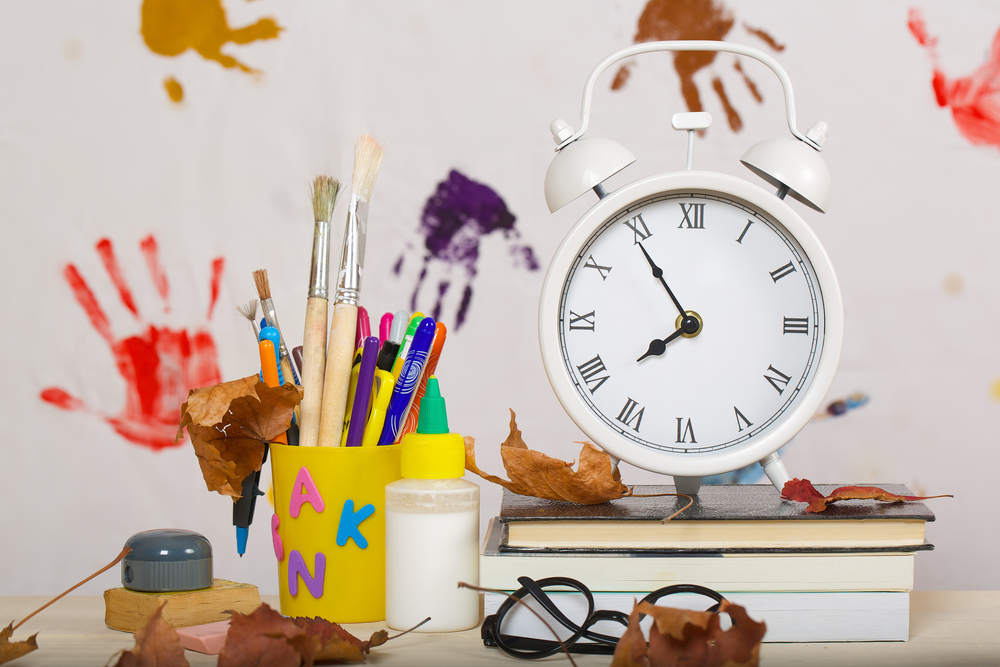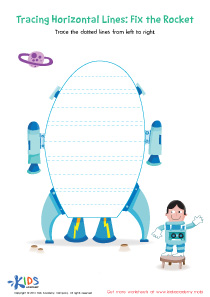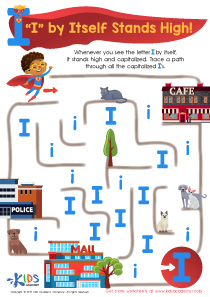Handwriting improvement Normal Alphabet Worksheets for Ages 5-6
6 filtered results
-
From - To
Transform your child's handwriting with our expertly crafted Handwriting Improvement Normal Alphabet Worksheets designed for ages 5-6. These engaging worksheets focus on developing essential fine motor skills and enhancing letter formation through fun, age-appropriate exercises. Each worksheet provides guided practice with clear letter tracing and independent writing activities tailored to suit early learners. Perfect for supporting kindergarten and first-grade students, our worksheets create a solid foundation for neat and legible handwriting. Help your child gain confidence and improve their writing skills with the perfect balance of practice and play from Kids Academy!
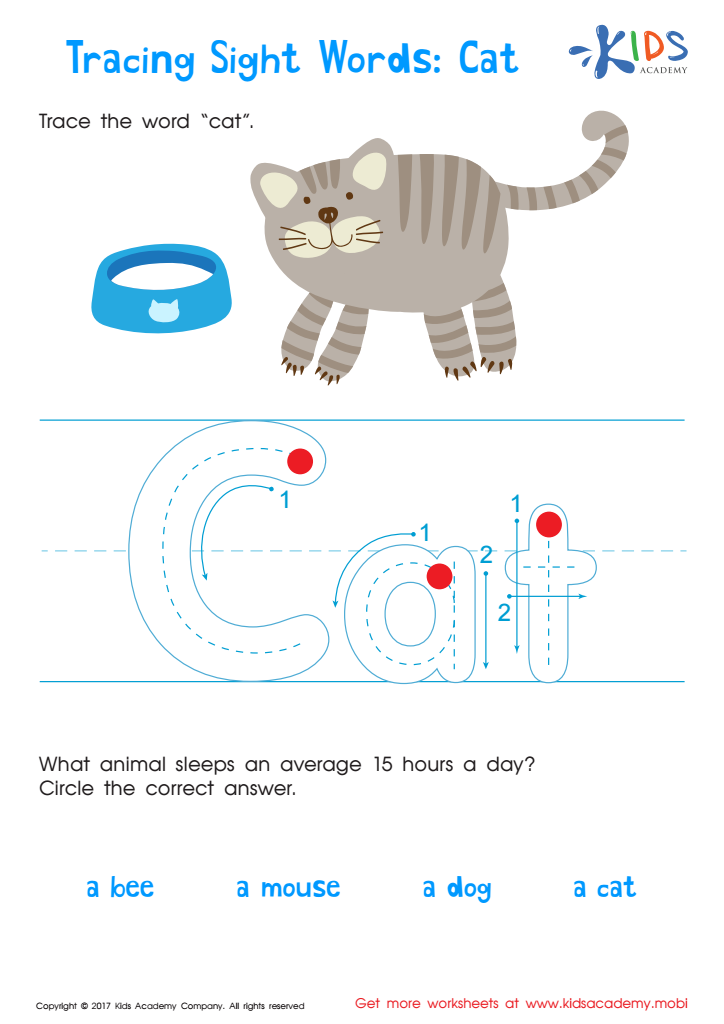

Cat Printable Sight Words Worksheet
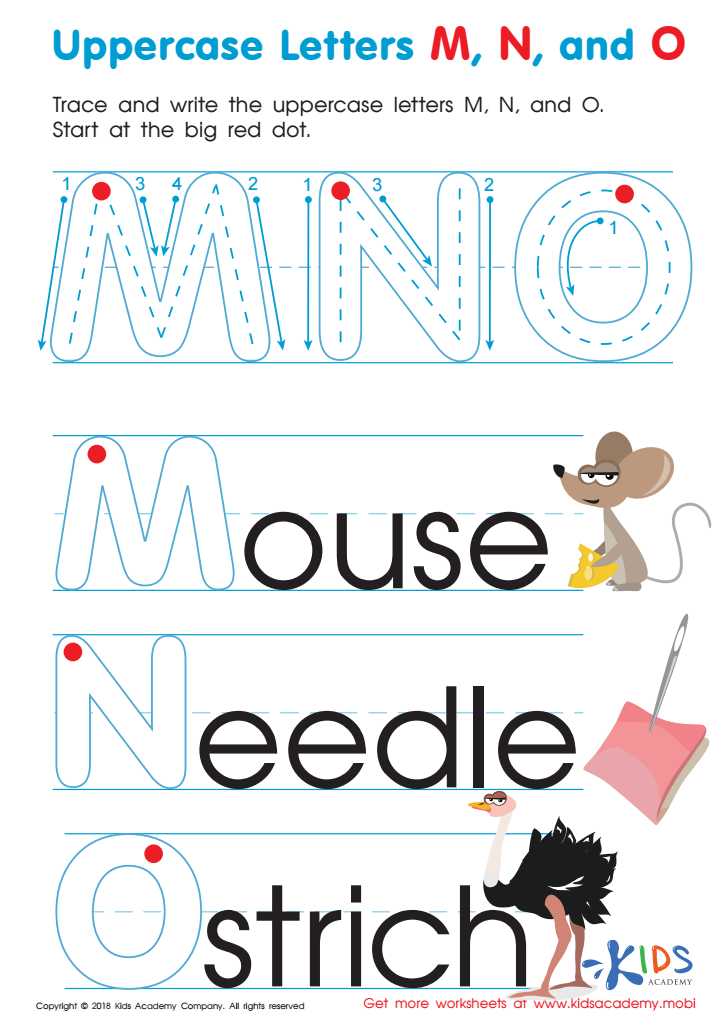

Uppercase Letters M, N, and O Worksheet
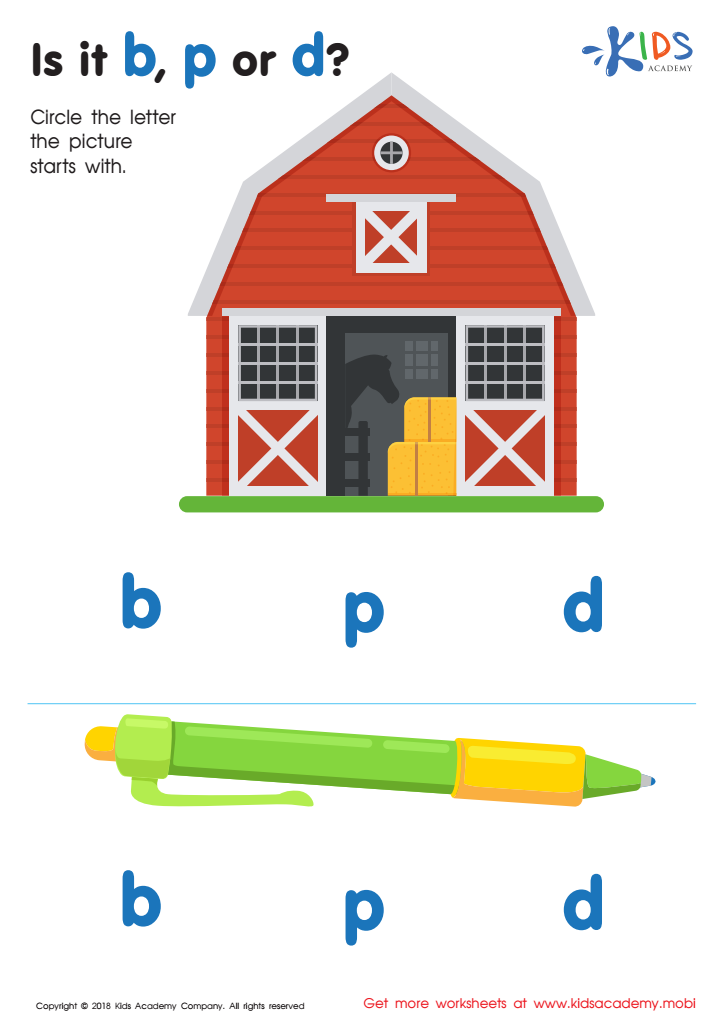

Is it b, p or d? Worksheet
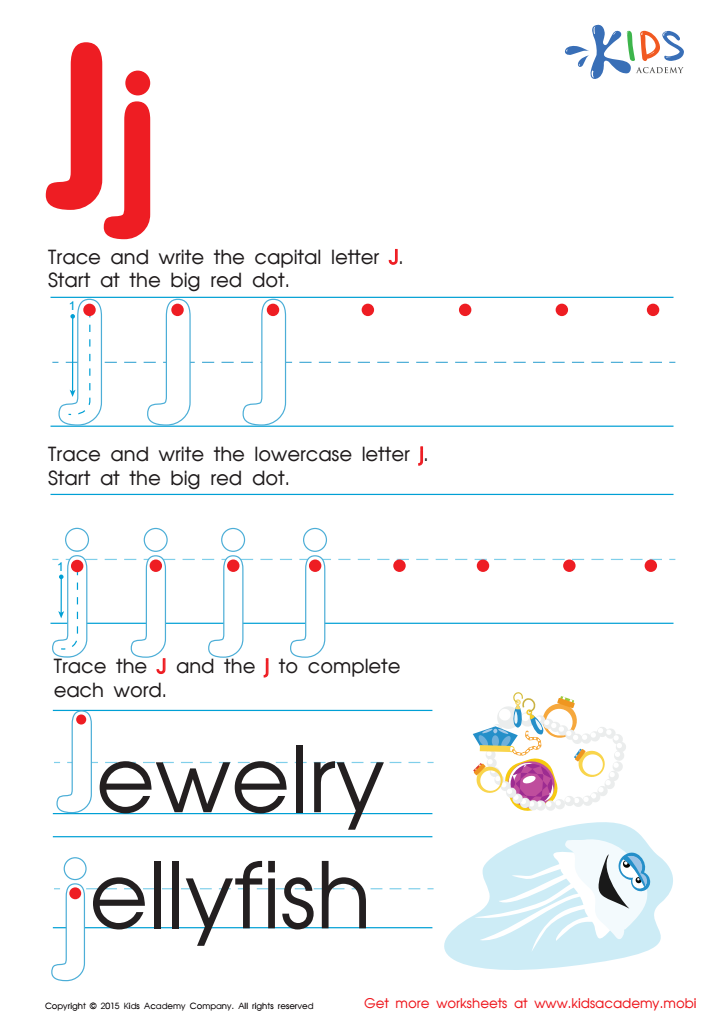

Letter J Tracing Page
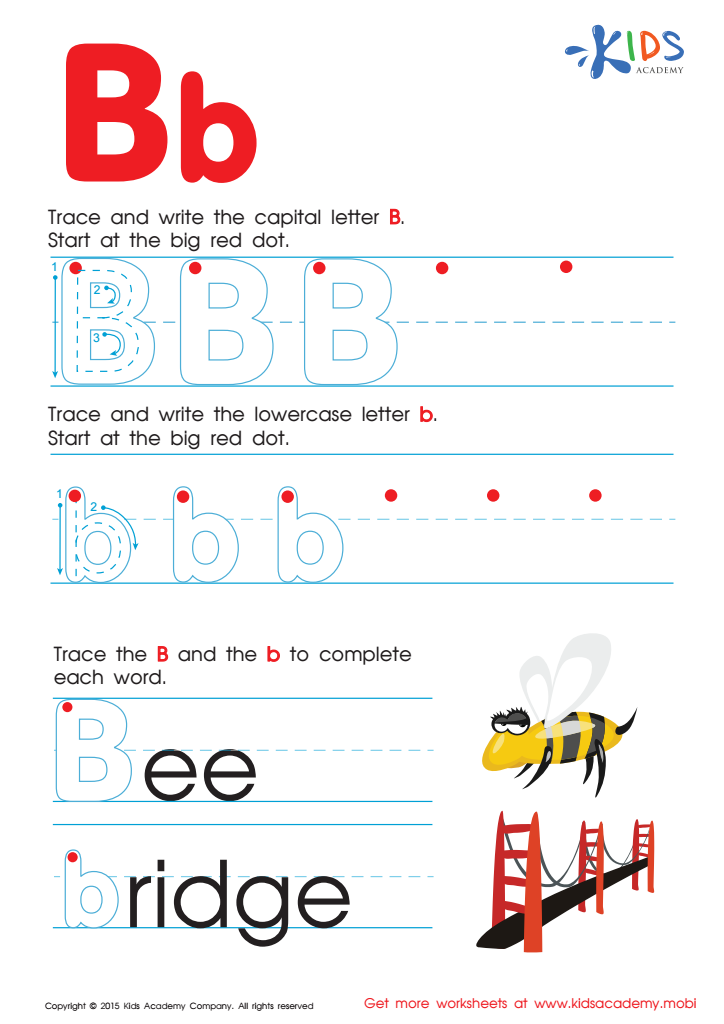

Letter B Tracing Page
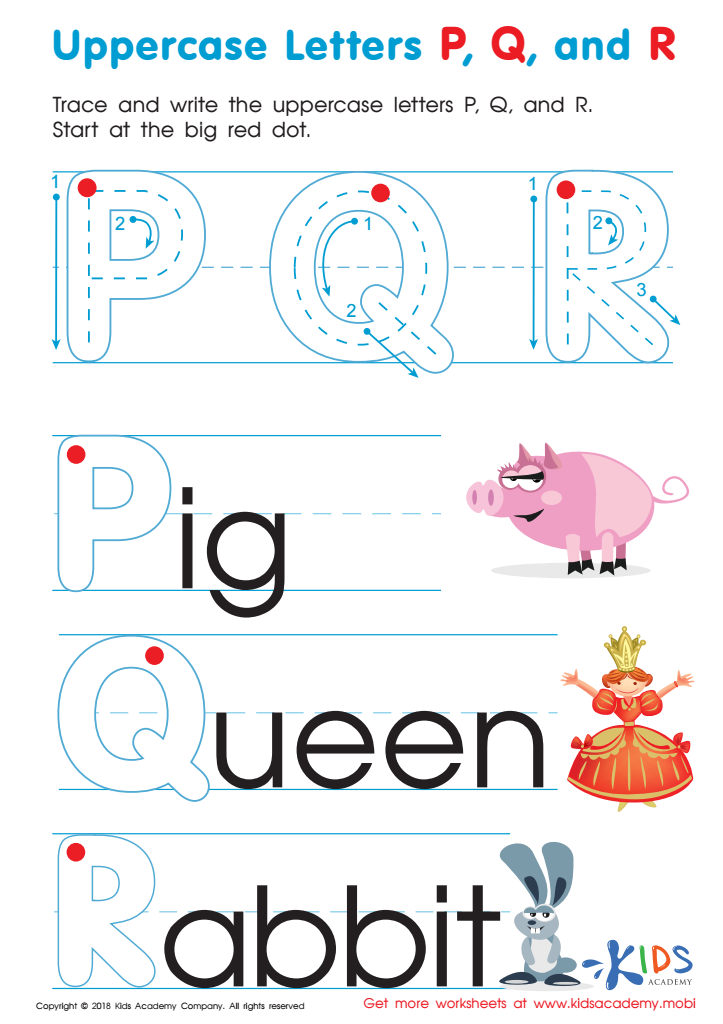

Uppercase Letters P, Q, and R Worksheet
Handwriting improvement, especially in the normal alphabet, is crucial for children aged 5-6 for multiple reasons. At this formative stage, developing clear and legible handwriting can significantly impact a child's overall academic success and confidence. Firstly, good handwriting facilitates better learning, as children can more easily complete assignments, take notes, and present their ideas clearly. Research indicates a strong link between fine motor skills involved in handwriting and improved literacy, as the process of forming letters helps with word recognition and spelling.
Beyond academics, neat handwriting encourages positive self-esteem. When children can see the results of their efforts in neatly written letters, they feel a sense of accomplishment, fostering a love for learning. Furthermore, good handwriting minimizes frustration. Students who write clearly complete tasks more efficiently, reducing the likelihood of misunderstandings and allowing them to keep up with their peers.
On a broader scale, developing fine motor skills essential for handwriting, like pencil grip and control, lays the groundwork for other critical activities such as typing, drawing, and even aspects of daily life like tying shoes. In essence, helping young children develop good handwriting is an investment in their educational foundation and overall developmental well-being.

 Assign to My Students
Assign to My Students




